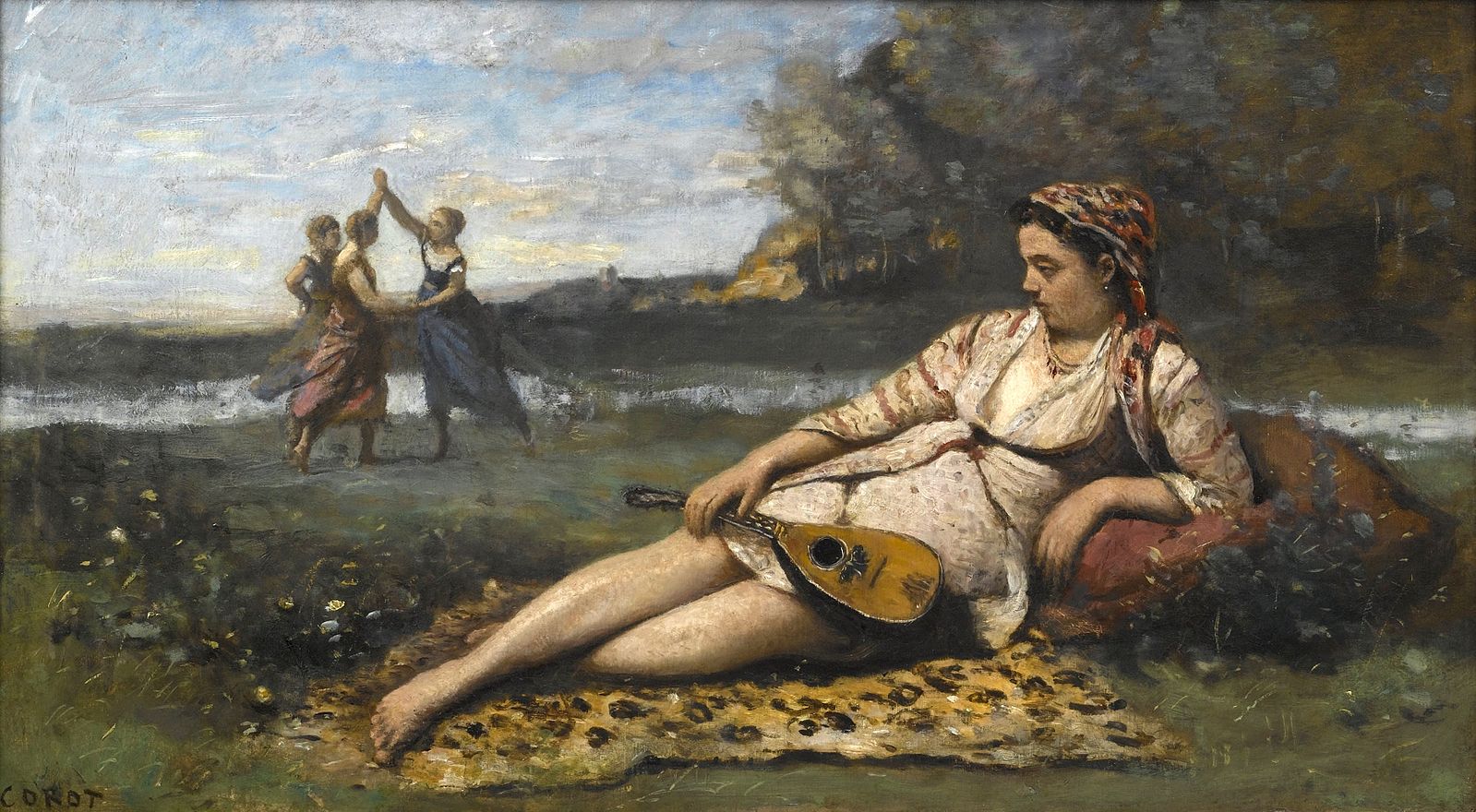unmasking remarkable women across ancient civilisations – a collaborative article with Alana Ginster
(Note: all writing written by Giulia will be followed by “GC” and likewise, all writing written by Alana will be followed by “AG”. Enjoy!)
In my previous article I talked about the deeply rooted patriarchal and misogynistic attitudes which defined Ancient Greek society and how women were portrayed in light of this mindset; this article aims to shift the focus towards the positive and empowering narratives of some remarkable women from the ancient world. Ranging from the enchanting sorceress Circe to the formidable Amazonian Women, my co-writer and I aim to showcase how these women serve as enduring role models through their defiance to societal norms and their indelible mark on history. (GC)

Greek Mythology retelling’s can be found in almost any bookshop you visit. Many of these retellings aim to rewrite the narratives of famous myths through a feminist lens and, as such, have resulted in the complete transformation of some notable characters. Take for example Homer’s epic novels- like The Illiad- which have had multiple feminist retellings such as “The Silence of the Girls” (by Pat Barker) or “A Thousand Ships” (by Natalie Haynes). More relevant to this article perhaps is Homer’s “Odyssey” in which Circe is often portrayed as both a sex object and a villain but reintroduced, thanks to Madeline Miller, as a character of unparalleled defiance, resilience, and sharp wit. (GC)
Circe is a minor Goddess and enchantress in Greek Mythology and is a descendant from the Sun God, Helios, and the Oceanid nymph, Perse. In most accounts, like “The Odyssey” as mentioned previously, Circe is renowned for her vast knowledge of potions and herbs and her ability to transform her enemies, or those who offend her, into animals like pigs. The Odyssey ultimately portrays Circe as a woman to be feared- a villain. Miller, instead, portrays Circe as a multidimensional character who learns to harness her own power- both as a witch and as a woman. (GC)
Indeed, one of the primary ways in which Circe offers a compelling exploration of feminism- and female empowerment- is through her defiance to conform to patriarchal norms; unlike many women in Ancient Greek mythology who were often subjected to the whims of gods, Circe not only possesses innate magical abilities but actively refines and expands her powers. Her mastery of magic is not merely a means to an end but a tool for self discovery whereby her ability to transform objects and beings is symbolic of her agency and power and concurrently allows her to shape her own destiny. For example, in Miller’s novel, there is an incident involving attempted sexual assault by Odysseus’ men when they arrive on Circe’s Island – Aiaia. The sailors, under the influence of Circe’s magical potion, become aggressive and attempt to force themselves upon her. Circe, however, uses her magical abilities to turn them into swine as a form of self defence. This event not only underscores the themes of power dynamics, autonomy, and the consequence of disrespecting others, but more so serves as a catalyst for Circe’s empowerment; her decision to use her magic defensively demonstrates her assertion of her autonomy, pragmatism, and establishes her as a character capable of defending herself. Perhaps one could consider Circe’s magic as a metaphor for reclaiming control over one’s life by setting boundaries, cultivating resilience in the face of adversity, and seeking empowerment through education and skill development. (GC)
As a whole, Circe emerges as a timeless role model to be celebrated and admired in the present day; Madeline Miller’s transformative retelling infuses Circe with resilience, autonomy, and an unwavering spirit that resonates with contemporary audiences who, even now, need to navigate the complexities of modern society that still grapples with issues like gender inequality and rape. Circe’s journey transcends the boundaries of mythology and stands as a testament to the strength and triumph that every woman carries within herself. (GC)
——————–
In the annals of ancient history, the Spartans have often been lauded for their valour in warfare and their distinctive discipline of their military state. However, behind the formidable ranks of Spartan soldiers is a society embracing an ethos of equality; under the visionary reforms of King Lycurgus (9th century BCE), Sparta manifested a radical departure from the conventional roles assigned to women in places like Ancient Greece. The women of Sparta, often overshadowed by their male counterparts, were paradoxically progressive for their time; in a world where gender roles were predominantly circumscribed, Spartan women stood out as unique agents of change as they embodied a level of autonomy and influence unparalleled in their ancient contemporaries. (GC)
Sparta had a groundbreaking education system which extended a standardised curriculum to both girls and boys alike; the fundamental idea behind this educational paradigm was to cultivate not only skilled warriors but also mothers, capable of shaping the next generation of elite soldiers. A quote demonstrating this belief by Pomeroy states that they wished to “create mothers who would produce the best hoplites and mothers of hoplites” (a hoplite was a Spartan citizen heavy infantry who fight traditionally with the phalanx formation and with shield and sword). While men in Sparta underwent communal learning environments enriched with physical pursuits and military training, Spartan women – although also trained in athleticism – found themselves with more leisure time to delve into the realms of academia. The demands of war and military service predominantly fell upon men, granting the women the opportunity to engage in intellectual pursuits such as music, poetry, politics, and more. (GC)
This educational framework paved the way for remarkable figures like Queen Gorgo of Sparta (who was the wife of King Leonidas) to surpass traditional gender roles and wield an influence in the political sphere. Whilst Gorgo’s exactly role in Spartan politics remains ambiguous, some historical accounts suggest that female nobles in Sparta held significant authority on the Kings. A notable example is when at only age nine, Gorgo astutely advised her father – the King Cleomenes – to reject a bribe from a foreign diplomat seeking support for a revolt; this early engagement in political attraction illustrated not only Gorgo’s wisdom through her studies, but also the respect she commanded within Spartan society. Similarly to that example, Gorgo later had involvement in a covert affair where she directed the recipients of a tablet to scrape wax off it and, by doing so, revealed a secret warning carved into it. Once again, this revelation suggests not only her ability to read (which was, in those times, an indicator of education) but also a deep understanding and knowledge on the secret mechanisms at play in political affairs- blatantly showcasing the depth of education and empowerment afforded to Spartan women. Gorgo’s story is a reminder that intelligence, strategic thinking, and political acumen know no gender boundaries and I think her story (and Spartan society as a whole) can certainly inspire women in modern times to pursue education, engage in political discourse, and contribute to societal advancement. (GC)
Another fascinating feature of Spartan society is the discovery of one of the earliest expressions of female homoerotic sentiments which can be traced back to Alcaman’s maid song – a notable piece of Ancient Greek poetry often performed by young Spartan women. Composed in the 7th century BCE, these lyrical compositions celebrated the beauty and athleticism of Spartan women and reveals subtle nuances which hint at intimate connections amongst the maidens. The significance of such a discovery lies not only in its historical context but also in challenging preconceptions about the expressions of love and relationships in ancient societies. The Maid Song offers a window into a world where same-sex attraction was acknowledged and, to some extent, celebrated within the cultural practices of Sparta. As such, in their defiance to quintessential conventions, ability to embrace diversity, and capacity to foster unity in their society, the Spartan women once again present themselves as role models to a modern and ancient society which was permeated with strict norms. (GC)
Whilst some works found in Spartan society hinted at the acceptance of diverse forms of love (as mentioned previously), Sappho’s lyrical compositions boldly and explicitly venture into her own intimate expression of personal connections and more broadly address themes of love, desire, and human emotions. (AG)
——————–
The poet Sappho, or Psappha in her native Aeolic dialect, was born circa 620 BC on the island of Lesbos. There are multitudinal inconsistencies in sources about her life, but it is believed that she had several bothers, was married and had a daughter called Cleis. It is notable that during her adult life she appeared to have run an academy for unmarried young women that was devoted to the cult of Aphrodite and Eros. Her poems were first collated in the third century BC. Most of her work was almost entirely lost and the majority of the remnants survived through quotations found in other authors’ work. This was until papyri containing fragments of her poems were discovered in 1898 and Egyptologists discovered papier-mâché coffins containing verse fragments by Sappho in 1914. (AG)
In antiquity Sappho was hailed as one of the great poets, being referred to by Plato as ‘the tenth Muse’ and often cited as ‘the Poetess’, corresponding with Homer who was called ‘the Poet’. However, her poetry differed from Homer’s epic narratives, with her verses speaking simply from one individual to another, mostly about the ‘bittersweet’ difficulties of love. Sappho’s poetry was written to be sung by a person accompanied by lyre, hence the name ‘lyric’ poetry. Furthermore, her vowel-rich melody, metrical complexity and innovation (it is believed she inspired the term “Sapphic” meter) shaped her spontaneous, direct and honest poems, fascinating readers in the process. In her writings about her daughter Cleis, Sappho expresses more than the love as a mother to her daughter. Erin Baldwin states in her 2020 essay about Sappho that ‘by assigning a value to Cleis, Sappho assigns a value to all women. She advocates for women’s worth. She celebrates women’s existence.’ and concludes that Sappho might be called the world’s first feminist. (AG)
“In a world dominated by male voices, Sappho spoke and gave voice to a silent realm of women.”
In contrast to this modern view of Sappho, her work was parodied by the New Comedy, the ancient Greek comedy of the 3rd century BC, as promiscuous and lesbian. This representation was so influential that it resulted in the actual term ‘lesbian’ being derived from Sappho’s home island (Lesbos). 13 centuries later, Pope Gregory burned her work for its immorality and many modern editors eliminated and changed works or lines in her poetry to avoid it being ‘misunderstood’. (AG)
Sappho’s themes of love, desire and beauty and the depiction of the emotional intimacy pushed the boundaries of societal norms. She is celebrated as courageous, independent and has become emblematical for feminists across history, inspiring untold numbers of writers. (AG)
——————–
To conclude, the stories of Circe, the Spartan women, and Sappho from the ancient world resonate as powerful narratives of resilience and empowerment, offering timeless lessons for contemporary society. Madeline Miller’s portrayal of Circe not only transforms a mythical character but becomes a testament to reclaiming autonomy and strength in the face of adversity; the progressive society of Spartan women challenges conventional gender roles, with figures like Queen Gorgo serving as inspirations for women’s education and political engagement. Sappho, through her courageous exploration of love and desire, stands as an early feminist figure whose influence transcends centuries. These women, each in their unique way, defy societal norms and become role models for today, urging us to embrace diversity, reclaim control over our lives, and advocate for the worth and existence of all women in the ongoing pursuit of equality and empowerment. Stay tuned for part two, where we’ll delve into the empowering narratives of Cleopatra and the Amazonian Women, further enriching the narrative of inspirational figures in the ancient world. (GC)

The Chain Reaction of Us
our story is made of chain reactions – we are just the sum of tiny miracles pretending to be[…]

FIGuring Life Out
Looking at Sylvia Plath’s Fig Tree: On Choice, Possibility, and Growing Into Who We Are I turned eighteen recently,[…]

The F-Word We’re Afraid To Say
WHY ARE WE SO SCARED OF THE WORD “FEMINIST”? There’s a strange, bitter irony in the fact that a[…]


No responses yet